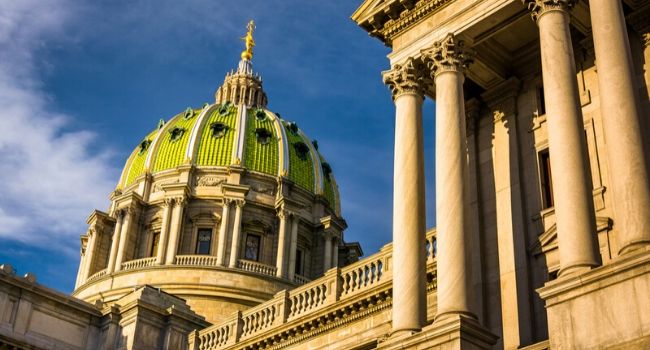
Pennsylvania Lawmakers Debate Governors Proposal to Severely Cut School Safety Grant Program
Gov. Tom Wolf has proposed cutting available school security grant funding from $60 million to $15 million, a move that has earned criticism from Republicans.
- By Haley Samsel
- March 04, 2020
Pennsylvania lawmakers from both sides of the aisle are arguing that the state must allocate more money for school safety efforts amid tense negotiations over the state’s budget.
While state lawmakers share a common concern about the amount of funding available for schools looking to improve safety, Republicans and Democrats have different priorities, according to The Pennsylvania Capital-Star.
Conservatives are asking the governor to back off of plans to cut Pennsylvania’s school safety grant program, which last year gave out $40 million in funding to over 200 schools across the state. At the same time, Democrats are asking for the state to add more funding to address health threats rather than fortifying schools against intruders or emergency communication systems.
That funding would go toward renovating school buildings and removing lead, asbestos, mold and other toxins, according to the Capital-Star. Lawmakers are increasingly viewing the budget standoff as an either-or situation, as there might not be enough funding to allocate money for security equipment and health improvements.
The grant program was launched two years ago, and Gov. Tom Wolf, a Democrat, has publicly stated that he would like to see it retired and encourage schools to make their own investments in mental health programs. This year, the safety grant funding would be cut from $60 million to $15 million under Wolf’s proposed budget.
Republicans have criticized Wolf’s proposal, with state Sen. David Argall publicly opposing the move during hearings with state education officials.
“We ought not to be blowing [this program] up,” Sen. David Argall, R-Schuykill said during an appropriations committee hearing on Thursday. “Cutting [this] program by 75 percent … sends a very bad message.”
At the same time, concerns over the state’s aging public school buildings are at the forefront of the governor’s mind. Wolf has proposed allocating $1 billion in state infrastructure grants this year to help schools remove toxic contaminants that could be making students and staff ill.
Democrats are arguing for a more comprehensive look at school safety across Pennsylvania and to include the health issues posed by asbestos and other toxins in the conversations about safety threats.
“This is a statewide crisis,” Sen. Vince Hughes, the ranking Democrat on the appropriations committee, said on Thursday, according to the Capital-Star. “When we mandate in state law that children attend school 180 days a year, we are mandating that they go to toxic schools.”
About the Author
Haley Samsel is an Associate Content Editor for the Infrastructure Solutions Group at 1105 Media.